If you’re considering adding a Himalayan guinea pig to your family, you’re in for a delightful adventure. These charming little creatures are not just pets; they’re companions that bring joy, laughter, and a touch of exotic flair to your life. Let’s dive into the fascinating world of Himalayan guinea pigs together and explore everything from their behavior to the costs of maintaining them.
Behavior and Temperament of Himalayan Guinea Pigs
Himalayan guinea pigs are known for their friendly and docile nature. They flourish on social interaction and adore being the center of consideration. These affectionate furballs will quickly warm up to you, especially if you spend quality time with them daily. They communicate with adorable squeaks and purrs, and watching them interact with each other or with you is pure joy.
Size and Growth of Himalayan Guinea Pigs
Himalayan guinea pigs grow to a size of about 8-12 inches long and typically weigh between 1.5 to 2.6 pounds. They reach their full size by around 9-12 months of age. As they grow, you’ll notice their distinct markings becoming more pronounced, giving them that unique and elegant Himalayan look.
Ideal Housing Conditions for Himalayan Guinea Pigs
Your Himalayan guinea pig deserves a spacious and comfortable home. A cage of at least 7.5 square feet is recommended for one piggy, with an additional 3 square feet per extra guinea pig. Ensure their habitat is well-ventilated, safe from drafts, and placed in a quiet area of your home. These little creatures also love having a hideout where they can retreat and feel secure.
Recommended Bedding and Substrate for Himalayan Guinea Pigs
The bedding you choose is crucial for their comfort and health. Opt for high-quality, absorbent bedding like paper-based products or fleece liners. Maintain a strategic distance from cedar or pine shavings as they can cause respiratory issues. The bedding should be changed regularly to maintain a clean and odor-free environment.
Diet: What Himalayan Guinea Pigs Eat and Drink
All guinea pigs are herbivores, meaning they only eat plants. The diet of an adult Himalayan guinea pig should mainly consist of grass hays like Timothy or Orchard hay. Alongside this, you should include guinea pig pellets, fresh vegetables, and fruits in their meals. Ensuring they get enough vitamin C is crucial. Check the expiration date on the pellets to make sure they haven’t lost their nutritional value before your guinea pig eats them.
Supplement their diet with vitamin C treats and vegetables rich in vitamin C, like bell peppers. Always provide fresh drinking water, even though they will get some moisture from the fruits and veggies they consume. Keep a water bottle and a bowl of water available at all times.
Vitamin C
- Guinea pigs cannot produce their own vitamin C, so supplement their diet with vitamin C treats and vegetables.
- Regularly check the expiration date on pellets to ensure they still provide the necessary nutrients.
Common Health Issues in Himalayan Guinea Pigs
Owning a Himalayan guinea pig means being aware of potential health issues:
- Teeth: Their teeth grow continuously, so providing chew toys and fibrous food helps keep them in check.
- Bladder Stones: Ensure their diet is low in calcium to prevent this painful condition.
- Bumblefoot: Keep their living area clean and dry to avoid infections on their feet.
- Lice: Regular grooming and health checks can help prevent lice infestations.
- Respiratory Disease: Good ventilation and dust-free bedding reduce the risk of respiratory problems.
- Scurvy: A diet rich in Vitamin C prevents this common guinea pig illness.
- Broken Legs: Handle them gently and provide safe environments to prevent injuries.
- Uterine Cancer: Spaying can eliminate the risk of uterine cancer in females.
Exercise Needs of Himalayan Guinea Pigs
Himalayan guinea pigs are active and playful. They need daily exercise to stay healthy. Providing them with a large cage is a start, but also offer time outside the cage in a safe, guinea pig-proofed area. Tunnels, ramps, and chew toys will keep them entertained and physically fit.
Grooming Essentials for Himalayan Guinea Pigs
Regular grooming is essential to keep their coat clean and shiny. Brush your guinea pig at least once a week to remove loose fur and prevent matting. Also, keep their nails trimmed and check their ears and eyes for any signs of infection.
Bathing Guidelines for Himalayan Guinea Pigs
Unlike some pets, guinea pigs don’t need frequent baths. In fact, bathing too often can dry out their skin. If your guinea pig gets particularly dirty, a gentle bath with a guinea pig-safe shampoo is fine. Make sure to dry them thoroughly and keep them warm until they are completely dry.
Costs of Maintenance for Himalayan Guinea Pigs
Owning a Himalayan guinea pig involves various costs. Initial setup, including the cage, bedding, and food, can be around $200-$300. Monthly expenses for food, bedding, and occasional vet visits typically range from $40-$60. It’s also wise to budget for unexpected health issues.
Pros and Cons of Owning a Himalayan Guinea Pig
Pros:
- Friendly and social nature
- Relatively easy to care for
- Entertaining and interactive
- Great for families and individuals alike
Cons:
- Can be prone to specific health issues
- Requires regular grooming and attention
- Lifespan of 5-7 years means a long-term commitment
Alternative Pocket Pets to Himalayan Guinea Pigs
If a Himalayan guinea pig isn’t quite what you’re looking for, consider other pocket pets like hamsters, gerbils, or rabbits. Each has its unique charm and care requirements, so choose one that best fits your lifestyle and preferences.
Buying or Adopting a Himalayan Guinea Pig
When you’re ready to welcome a Himalayan guinea pig into your home, consider adoption from a shelter or rescue organization. Many guinea pigs need loving homes. If you choose to buy, ensure you’re dealing with a reputable breeder who prioritizes the health and well-being of their animals.
Breeding and Reproduction of Himalayan Guinea Pigs
Breeding guinea pigs should be left to experienced breeders due to the complexities involved. If you’re interested in breeding, thoroughly research and consult with professionals to ensure the health and safety of both the mother and the pups.
Welcoming a Himalayan guinea pig into your home can be a rewarding and joyful experience. With proper care, attention, and love, your furry friend will become a cherished member of your family. Whether you’re a first-time pet owner or adding to your furry family, these delightful creatures are sure to bring happiness and companionship.
Please do not hesitate to contact us if you have any questions or require further information.


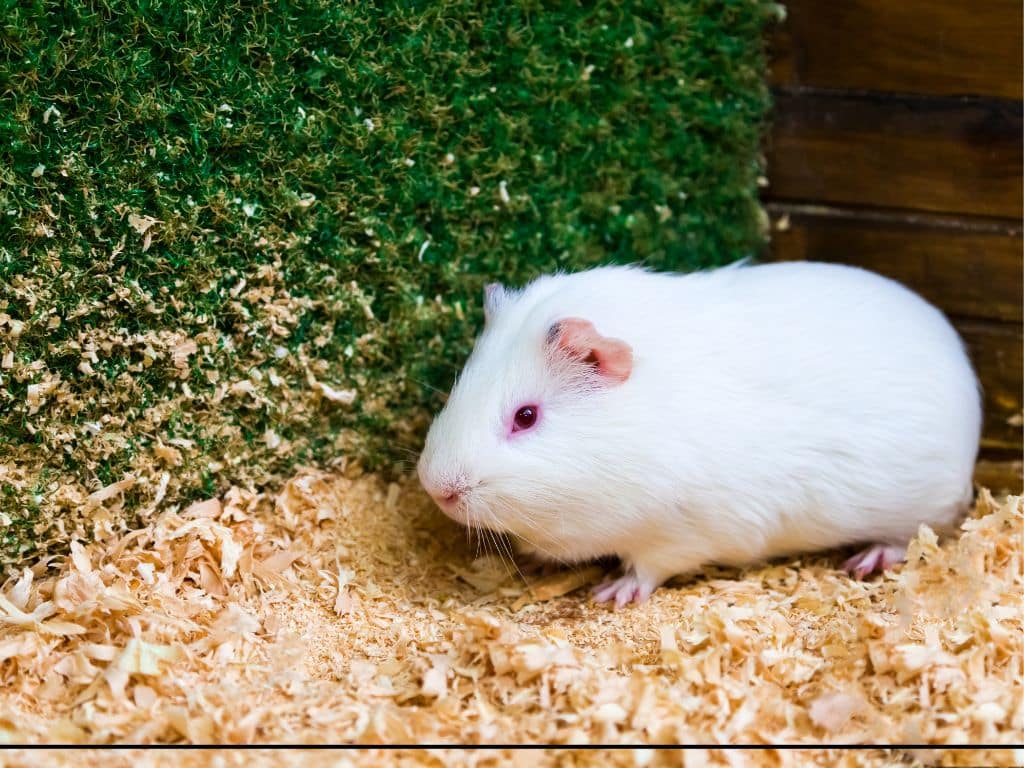
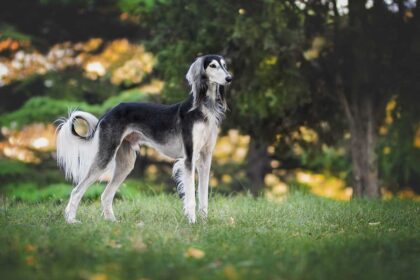
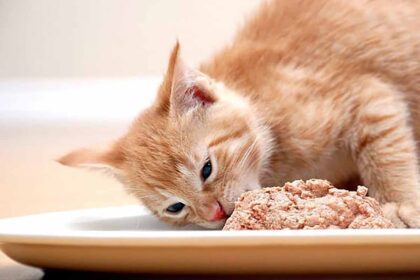
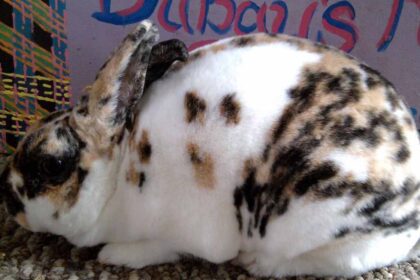
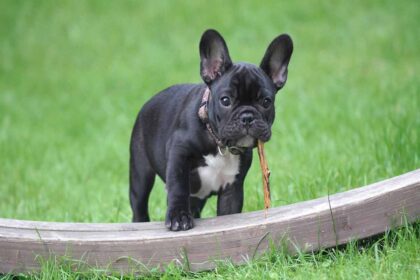
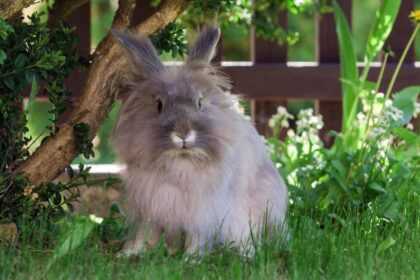


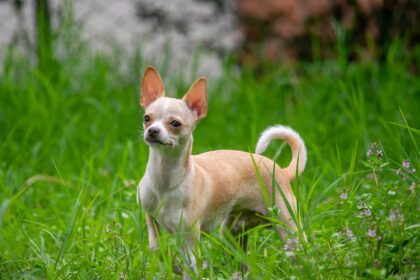



Comments are closed.